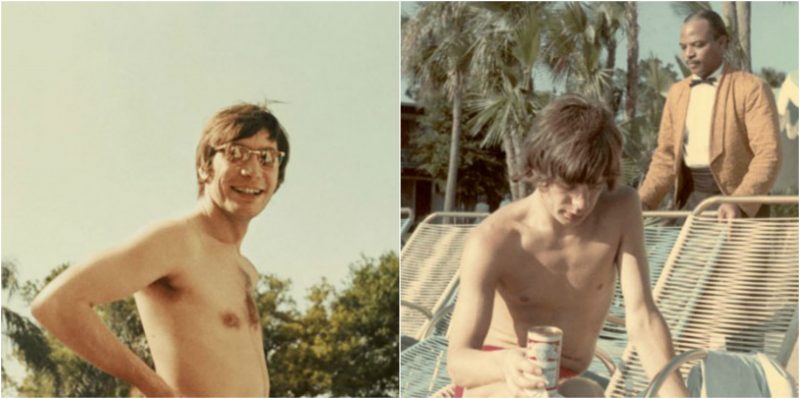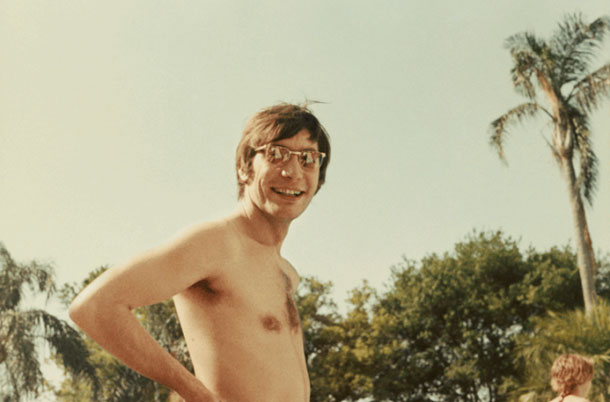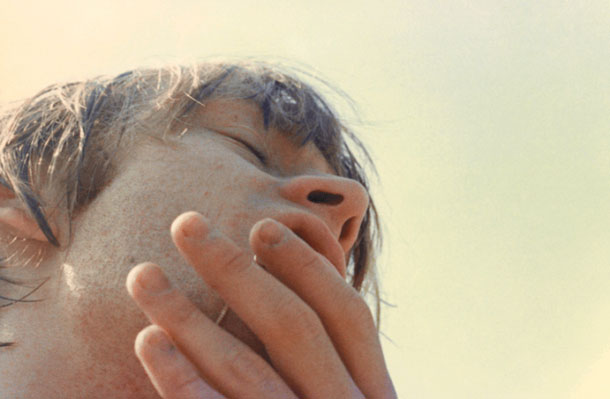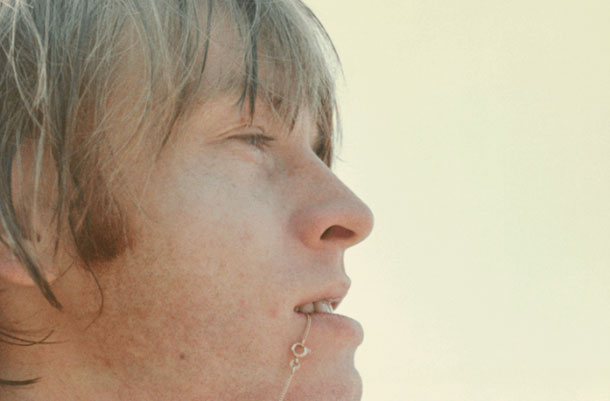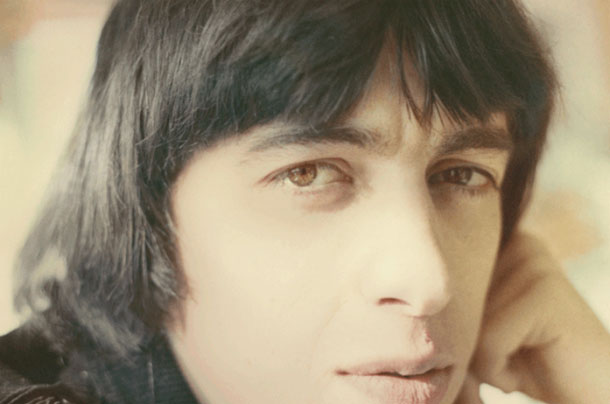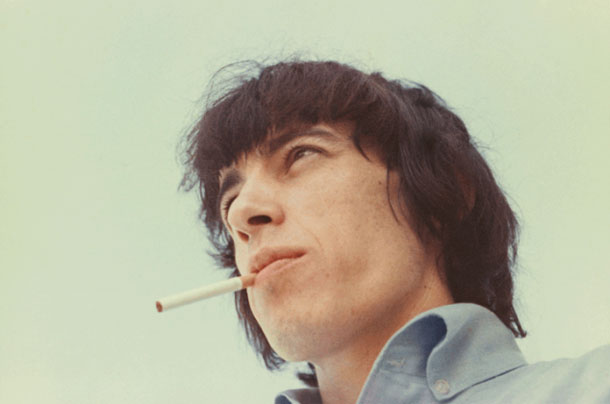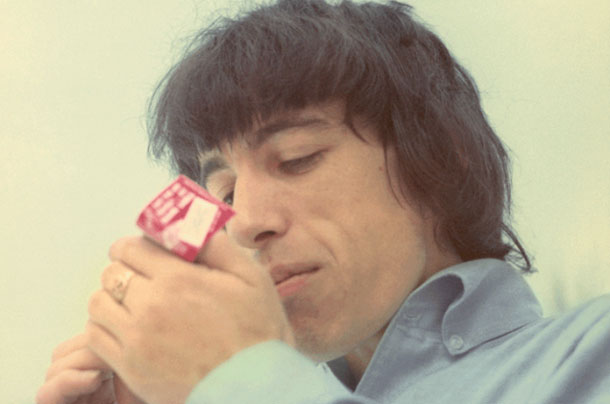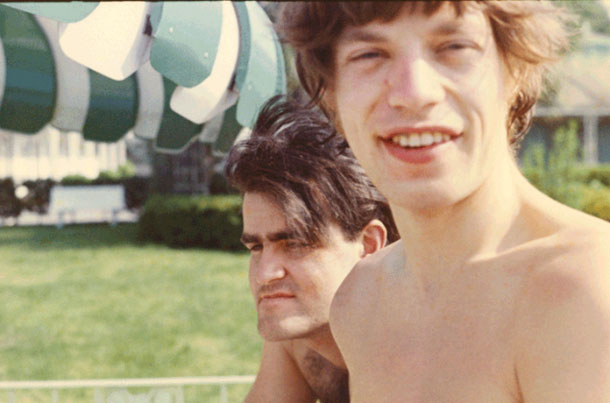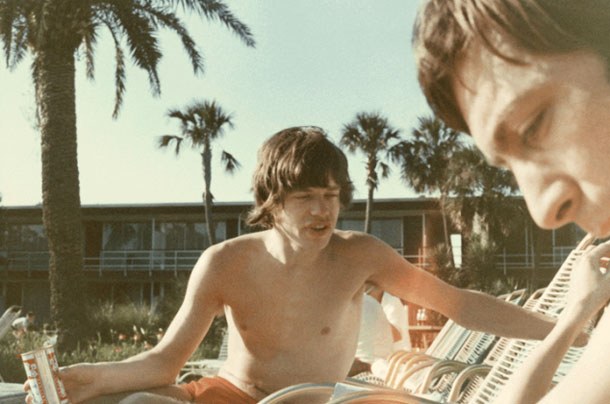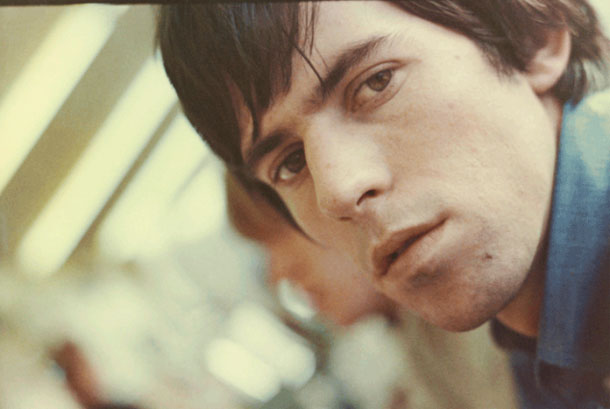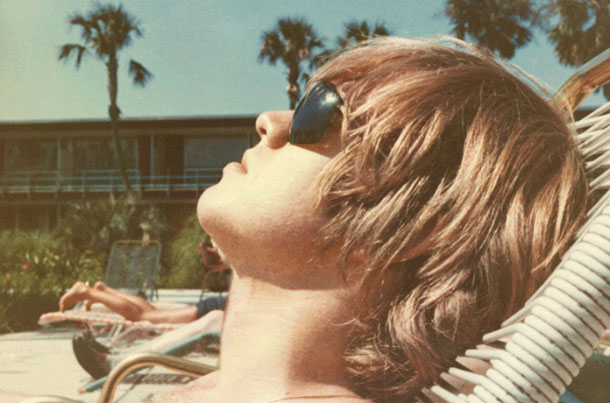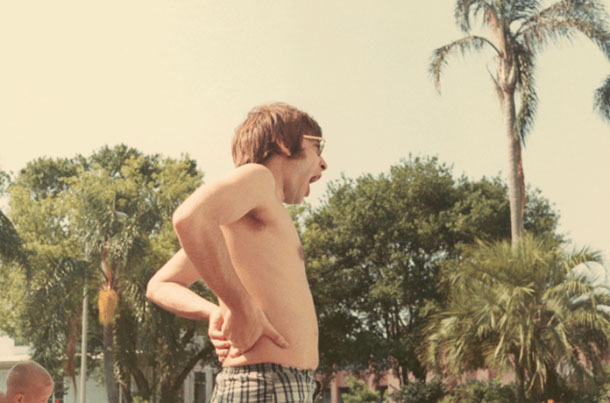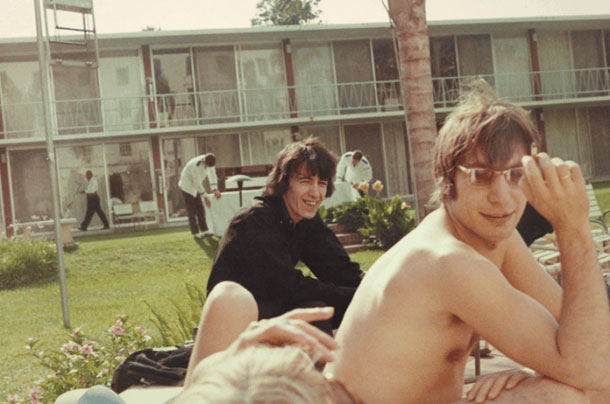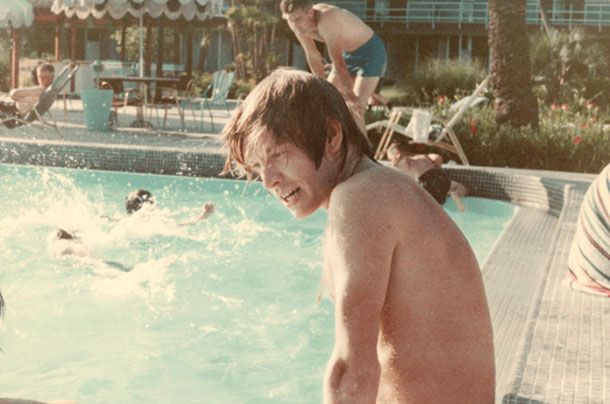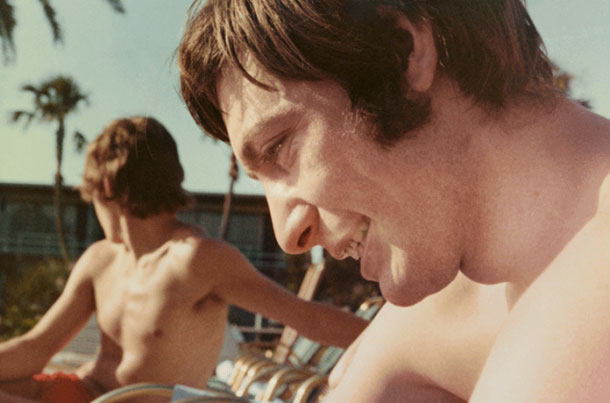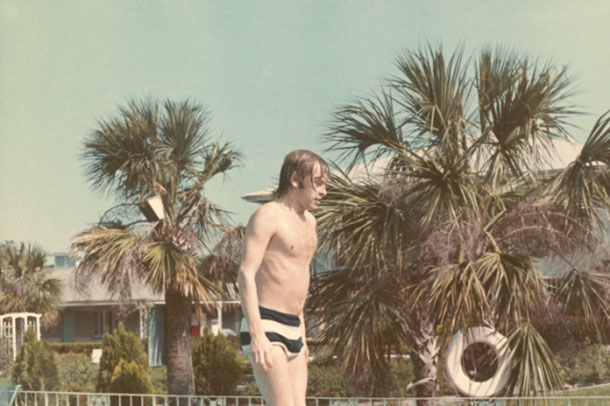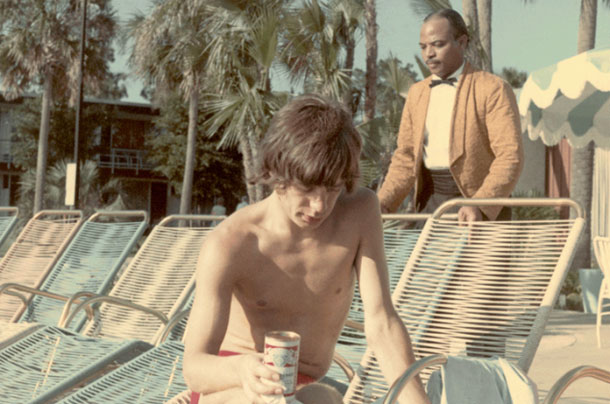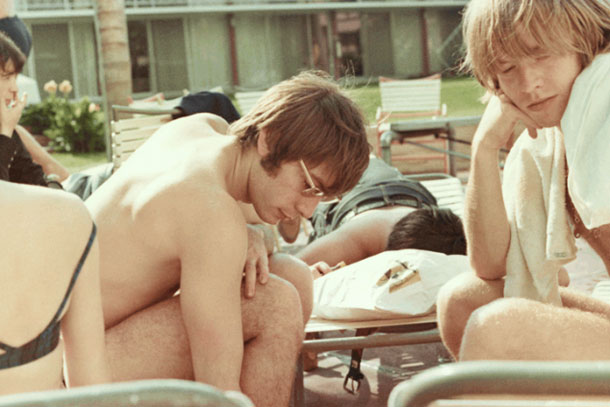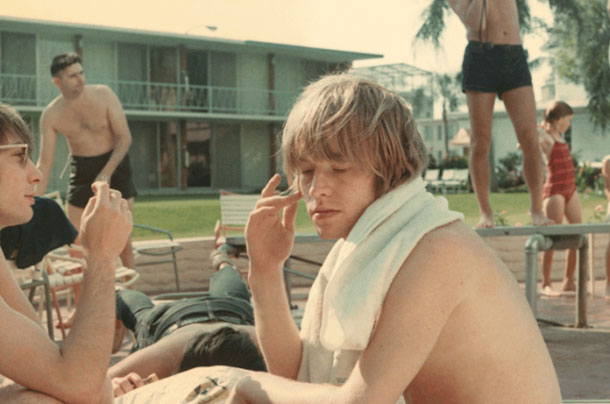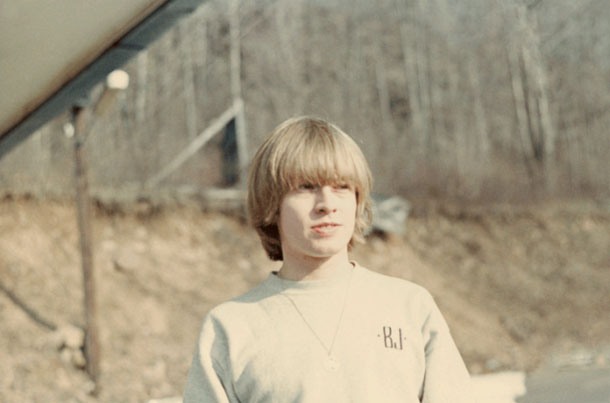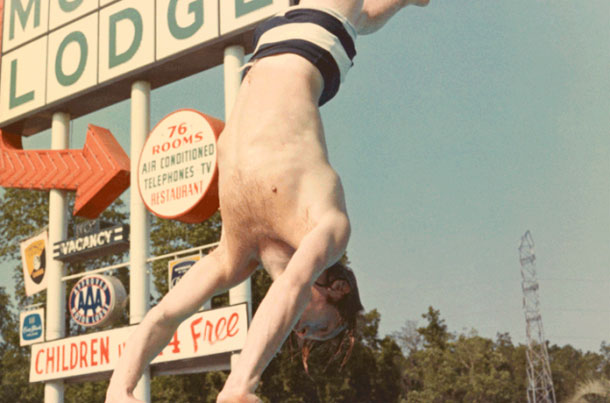Flea markets are the best thing ever, you never know what you are going to come across. A musician Lauren White, didn’t have a clue while hunting for some cool vintage ephemera at her local flea market in Saugus, California, that she is about to stumble upon a real “gold mine.”
White, found a 23 candid never-before-seen photographs of the Rolling Stones taken in 1965 while the band was enjoying a road trip.
In an interview with Cool Hunting, White states,
“I feel lucky. I really didn’t expect to find them at a flea market. Basically, a guy who runs one of the stands called me over because I “looked like I would like rock ‘n’ roll”– and he was right. I don’t know what was lost in translation, however. He obviously didn’t know what he had. To tell the truth, I didn’t either. I obviously knew it was the Stones, but it took about a week of looking them over to realize that this was really a very unique circumstance. After extensive research, I came to find that these are unpublished, never-before-seen photos of one of the most legendary bands in rock ‘n’ roll history. Not only that, they are beautifully composed, candid, raw and perfect in every way. They really convey a band innocent to their destiny.”

The Rolling Stones were formed in London in 1962, so these photos were taken just three years into the band’s history.The first settled line-up consisted of Brian Jones (guitar, harmonica), Ian Stewart (piano), Mick Jagger (lead vocals, harmonica), Keith Richards (guitar), Bill Wyman (bass) and Charlie Watts (drums). Stewart was removed from the official line-up in 1963 but continued as an occasional pianist until his death in 1985. Jones departed the band less than a month prior to his death in 1969, having already been replaced by Mick Taylor, who remained until 1975. Subsequently, Ronnie Wood has been on guitar in tandem with Richards. Following Wyman’s departure in 1993, Darryl Jones has been the main bassist. Other notable keyboardists for the band have included Nicky Hopkins, active from 1967 to 1982; Billy Preston through the mid 1970s (most prominent on Black and Blue) and Chuck Leavell, active since 1982. The band was first led by Jones but after teaming as the band’s songwriters, Jagger and Richards assumed de facto leadership.
The Rolling Stones were in the vanguard of the British Invasion of bands that became popular in the US in 1964–65. At first noted for their longish hair as much as their music, the band are identified with the youthful and rebellious counterculture of the 1960s. Critic Sean Egan states that within a year of the release of their 1964 debut album, they “were being perceived by the youth of Britain and then the world as representatives of opposition to an old, cruel order — the antidote to a class-bound, authoritarian culture.They were instrumental in making blues a major part of rock and roll and of changing the international focus of blues culture to the original type blues typified by Chess Records artists such as Muddy Waters—writer of “Rollin’ Stone”, after which the band is named. After a short period of musical experimentation that culminated with the polarising and largely psychedelic album Their Satanic Majesties Request (1967), the group returned to its bluesy roots with Beggars’ Banquet (1968) which—along with its follow-ups, Let It Bleed (1969), Sticky Fingers (1971) and Exile on Main St. (1972)—is generally considered to be the band’s best work and are considered the Rolling Stones’ “Golden Age”
The photos were on display at Dilettante Gallery.
All Photos credit: Dilettante Gallery.
